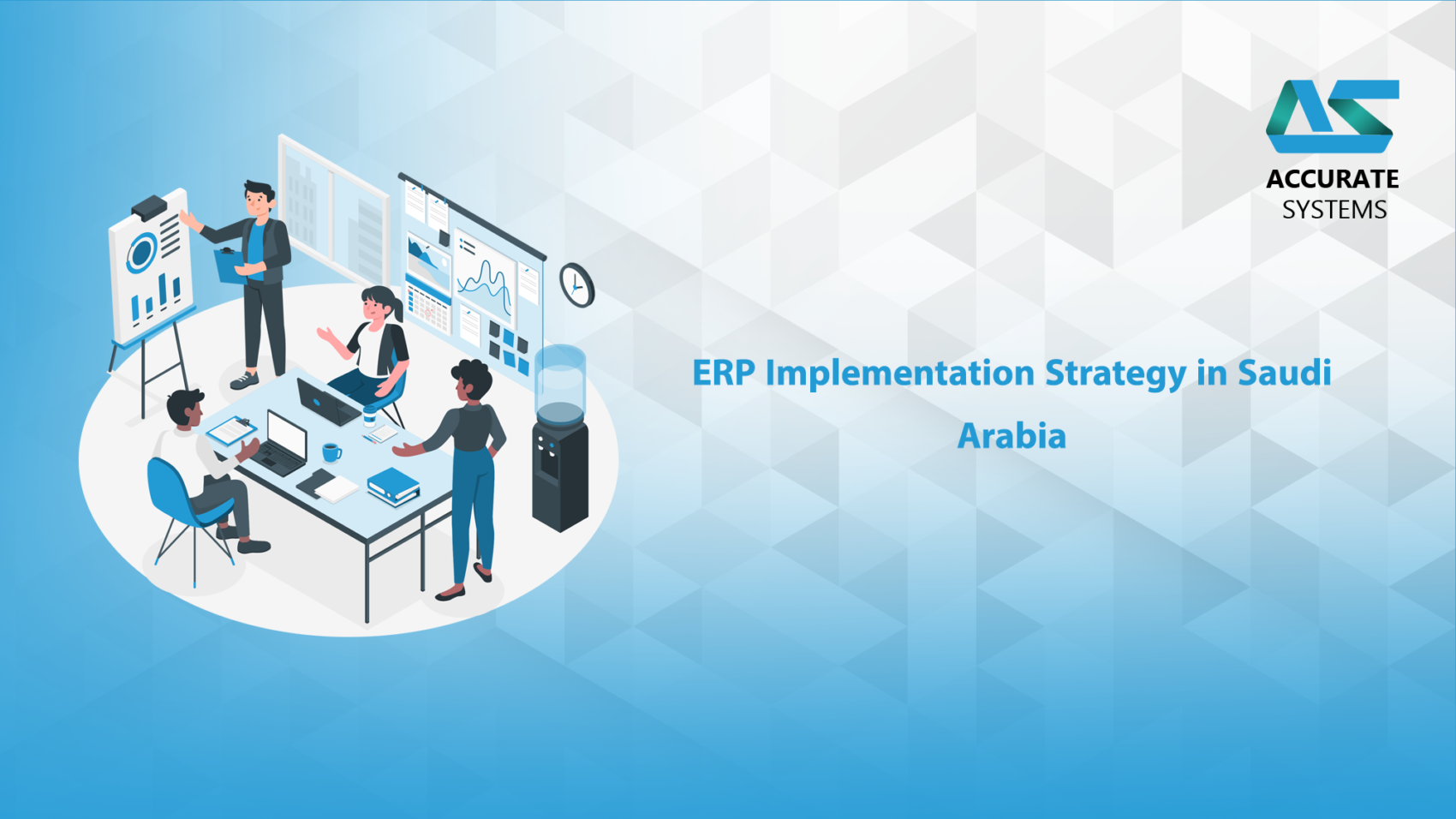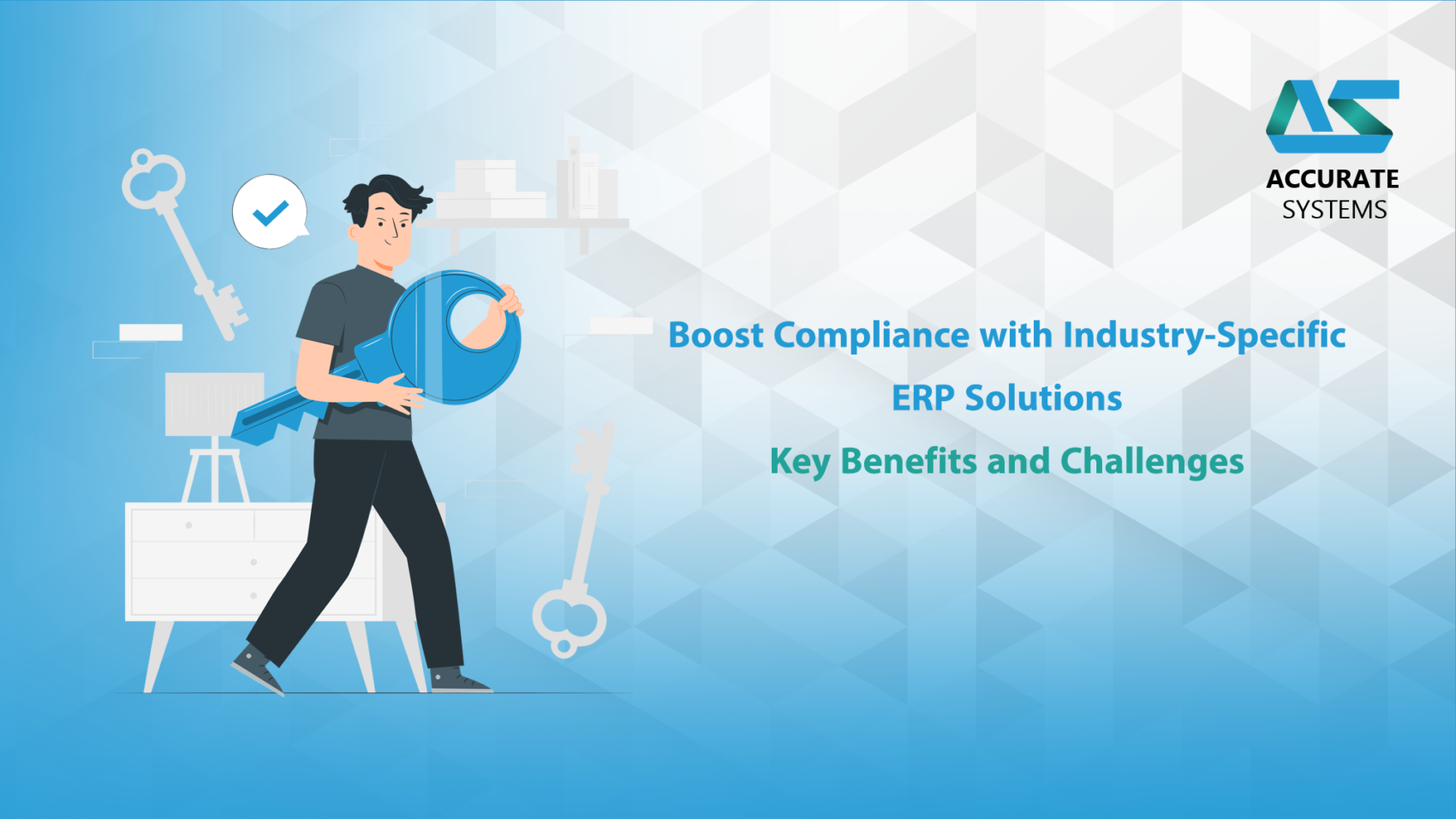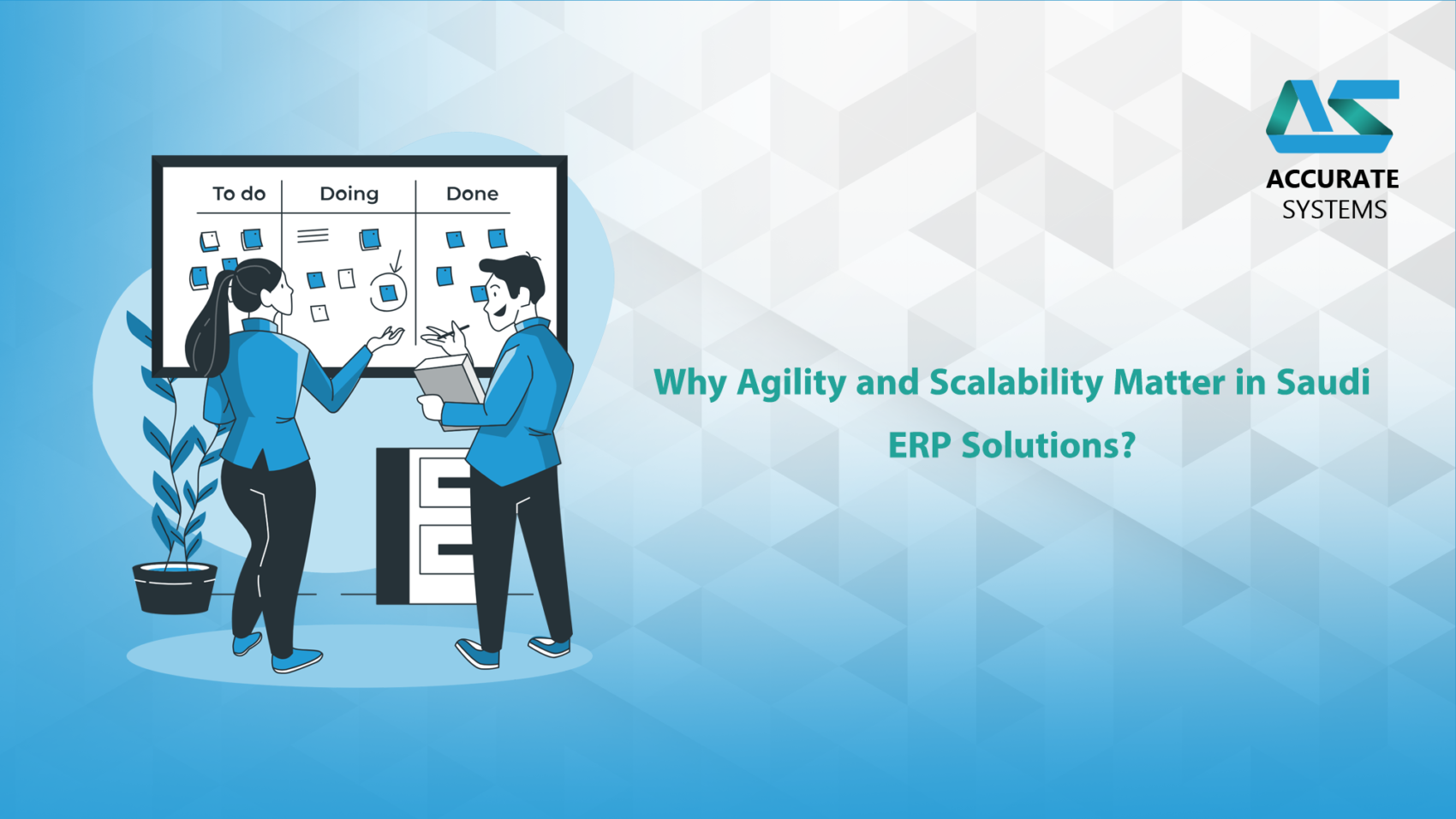Introduction
The construction industry in Saudi Arabia, pivotal to the nation’s economic advancement, is increasingly embracing innovative technologies to address challenges like resource management, project oversight, and compliance with local regulations. Among these technologies, ERPNext, an open-source enterprise resource planning (ERP) solution, has emerged as a transformative tool. Offering tailored features for the construction sector, ERPNext streamlines processes, improves efficiency, and facilitates sustainable growth.
What is ERPNext?
ERPNext is a cloud-based, modular ERP platform designed to meet the specific needs of industries like construction. With its user-friendly interface and customizable features, ERPNext integrates core business functions into a unified system, ensuring better control and visibility across operations.
Key Modules in ERPNext for Construction
- Project Management
- Real-time project tracking and scheduling.
- Risk mitigation tools and budget control.
- Collaboration capabilities for seamless team communication.
- Inventory and Supply Chain Management
- Automated inventory tracking to minimize delays.
- Integration with procurement systems for efficient material flow.
- Vendor and logistics management.
- Financial Management
- Real-time financial analytics and tax compliance.
- Cash flow monitoring and automated invoicing.
- Integration with banking systems for streamlined transactions.
- Human Resource Management (HRM)
- Comprehensive employee and payroll management.
- Time tracking for labor cost analysis.
- Performance management tools.
Benefits of ERPNext for Saudi Construction Companies
- Improved Efficiency: Automates repetitive tasks, reducing errors and increasing productivity.
- Better Compliance: Aligns with Saudi regulations, including ZATCA e-invoicing.
- Cost Optimization: Streamlines procurement and inventory management to cut costs.
- Enhanced Decision-Making: Offers real-time data insights for strategic planning.
Steps to Implement ERPNext Successfully
- Assess Business Needs: Evaluate challenges and define goals.
- Select an Experienced Partner: Work with ERPNext experts for a smooth implementation.
- Customize for Local Needs: Ensure the system addresses Saudi-specific regulations and workflows.
- Train Users: Equip your team with the knowledge to use ERPNext effectively.
- Pilot and Scale: Start small, test processes, and expand gradually.
Why ERPNext is the Right Choice for Saudi Arabia
ERPNext’s compliance with Saudi-specific regulations, its multilingual interface (including Arabic), and its affordability compared to traditional ERP solutions make it an ideal choice for construction firms in the Kingdom. It supports the objectives of Saudi Vision 2030 by enabling digital transformation, enhancing operational agility, and driving industry competitiveness.
Conclusion
As the Saudi construction sector continues to grow, ERPNext offers a scalable and future-ready solution for overcoming industry challenges. By integrating core operations, facilitating collaboration, and ensuring compliance, ERPNext empowers construction companies to achieve excellence and thrive in a competitive market.





